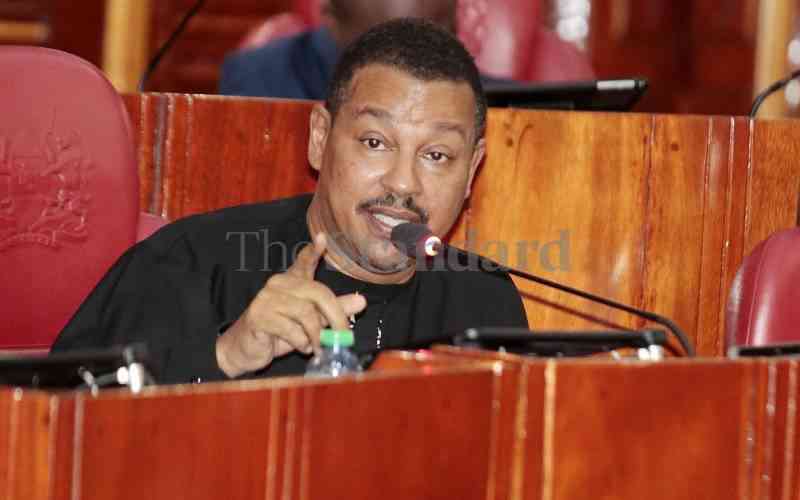Njoki Ndung’u
As we continue to debate the merits and demerits of the Proposed Constitution vis-‡-vis the existing constitutional framework, several questions have been raised with regard to cost. Some people say the draft will be costly and expensive to the Kenyan taxpayer. But, is it?
The Committee of Experts was very conscious of the need to lighten the tax burden on the ordinary citizen while at the same time ensuring a governance structure that will run efficiently and effectively. With this in mind, an analytical comparison of existing governance structures to those in the Proposed Constitution shows that it is the latter that is the cheaper option. Let me give four examples. In the first instance, the draft makes direct savings. This includes the reduction of ministers from any number as decided by the Head of State under the current system, to not less than 14 and not more than 22 under the draft. Total Cabinet cannot be more than 25 persons and in addition there are assistant ministers. If one deducts emoluments, vehicles and staff allocated to the current 40 ministers and over 67 assistant ministers, it translates to a reduced budget for the Executive arm of Government which currently is our biggest money guzzler.
Secondly, while it is true the number of parliamentarians in the draft increases, it is important to read this together with the introduction of the Salaries and Remuneration Commission whose primary role is to set and review the remuneration and benefits of all State officers and in doing so ensure the total public compensation bill is fiscally sustainable. There is no such principle that exists today where MPs set their own emoluments without due regard to affordability and impact to the country’s economy. Councillors, teachers, doctors, policemen and other government workers are paid poorly because there is not effective method of recognising productivity and performance in the current system, a value recognised under the draft.
Thirdly, the huge bureaucracy created by 257 districts makes administration and services inefficient, while creating an illusion of ownership by the people. The 47 counties in the devolution chapter are by far closer to the size of a functioning administrative unit in a unitary state, and will inject resources into the development of local businesses, which in turn will mop up youth unemployment and effectively reduce crime rates and insecurity, thereby reducing the amount of shillings poured into prevention of crime instead of development.
The distribution of 15 per cent of the national budget directly to the counties avoids the wastage of resources that now occurs between the national and district levels.
Fourthly, Article 79 of the draft gives the Kenya Anti Corruption Authority constitutional teeth it lacks today and lays down strictly under Article 227, the management of procurement of public goods and services, including sanctions against contractors that have not performed and punishment of those who have either defaulted on tax obligations, or are guilty of corrupt practices and have seriously violated fair employment laws and practices.
One of the key reasons we fair poorly today is that we run a cowboy contractor economy, where only few create wealth and corruption feeds on the poor. The Proposed Constitution does away with all this, moving political power and sharing of resources from the top to where it belongs under the watchful eye of the Kenyans, through strong checked institutions and devolution.
 The Standard Group Plc is a
multi-media organization with investments in media platforms spanning newspaper
print operations, television, radio broadcasting, digital and online services. The
Standard Group is recognized as a leading multi-media house in Kenya with a key
influence in matters of national and international interest.
The Standard Group Plc is a
multi-media organization with investments in media platforms spanning newspaper
print operations, television, radio broadcasting, digital and online services. The
Standard Group is recognized as a leading multi-media house in Kenya with a key
influence in matters of national and international interest.
 The Standard Group Plc is a
multi-media organization with investments in media platforms spanning newspaper
print operations, television, radio broadcasting, digital and online services. The
Standard Group is recognized as a leading multi-media house in Kenya with a key
influence in matters of national and international interest.
The Standard Group Plc is a
multi-media organization with investments in media platforms spanning newspaper
print operations, television, radio broadcasting, digital and online services. The
Standard Group is recognized as a leading multi-media house in Kenya with a key
influence in matters of national and international interest.









